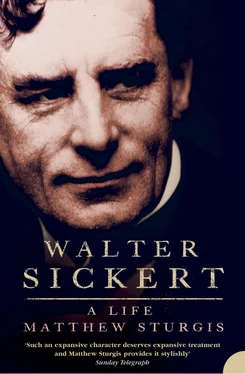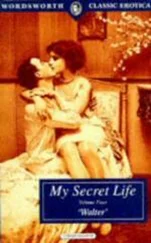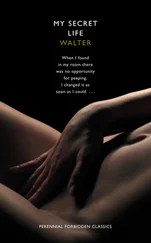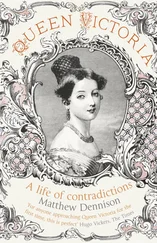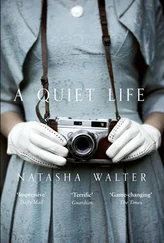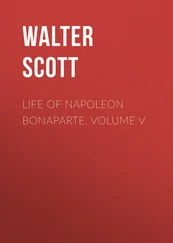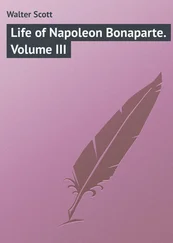These were intoxicating ideas. Certainly Whistler was delighted with them, and very irritated that Oscar Wilde seemed to have borrowed so many for his American lectures. In his haste to denounce Wilde for picking the plums from his plate he did, however, rather overlook the debt that his own formulations owed to the writings of Charles Baudelaire and Théophile Gautier, the two French critics of the previous generation who had first elaborated an amoral, anti-natural philosophy of art. Sickert, though he later traced the ideas back to their French origins, in the first instance accepted them as Whistler’s own, and accepted them enthusiastically. 38
Whistler was not content merely to spin theories amongst his disciples: he wished to carry his ideas into the camp of the enemy. He has claims to be the first artist in Britain to adopt the now established procedure of seeking to offend the bourgeois public into acquiescence and admiration. His pose was calculated to affront. He courted controversy. He presented himself as opposed by all the forces of the Establishment – and his disciples were eager to accept the truth of this vision. For them, 13 Tite Street had the glamour of a rebel cell. And it was embattled. For the grandees of the Academy such as Millais and Frith, Whistler was – as Sickert recalled – an abomination. 39 Many in the press were hostile, and much of the public uncomprehending. But, as he recognized, all publicity was good, and the media were there to be manipulated. Whistler devoted a great deal of time to lighting the fires of new controversies, or fanning the embers of old ones. Sitters would wait for hours in the studio while he ‘polished a little squib’ for the editor of some periodical. 40
Sickert, with his classical education and literary bent, proved useful in this game. In June 1882, when the Pall Mall Gazette lamented the apparently unfinished state of Whistler’s Scherzo in Blue at the Grosvenor Gallery, it was Sickert, under the soubriquet ‘An Art Student’, who wrote the ‘very convaincu paragraph’ defending Whistler’s ‘artistic sincerity’ and explaining that, on the day of the press view, the picture was indeed unfinished, had only been hung to ‘take up its space on the walls’, and was afterwards removed and completed. 41 It was the first of many such interventions. Over the next decade, Sickert, as he put it, ‘insisted in season and out of season on the excellence and importance of Whistler’s work’ in whatever papers would print his words. 42 He would also write letters as from Whistler, and even attribute to him bons mots of his own invention – though Whistler did have to discourage him from devising them in Latin and other languages he did not know. 43 He also counselled Sickert against too much subtlety. Rather than working away ‘in a ponderous German manner, answering objections, controverting statements of fact with tedious arrays of evidence’, his advice was ‘simply [to] say “Stocking!” Don’t you know? Ha! Ha! That’s it! That’s controversy! “Stocking!” What can they say to that?’ 44
Whistler liked to present himself as a figure ‘sprung completely armed from nowhere’, owning no allegiances and taking no interest in the achievements of others. 45 Of the old masters he would remark, ‘they are all old but they are not all masters’. 46 In expansive moments, though, he might acknowledge a few small artistic debts to Velásquez and Canaletto. He admired Hogarth, and condescended to admit Hokusai as an equal. Amongst his contemporaries he saved his appreciation for the English cartoonists and the French Impressionists. Keene he considered the greatest British artist since Hogarth. 47 Sickert, of course, needed no introduction to Keene’s genius. He knew rather less, however, of the French Impressionists. In England, knowledge was remarkably limited of the work being produced by Manet, Monet, Degas, Pissarro, Renoir, and the other painters who, since the mid 1870s, had been exhibiting in Paris under the ‘Impressionist’ banner. The very word ‘Impressionism’ had only just made it across the Channel, but there was still much doubt as to what it signified. To the English critical establishment, Impressionism, as far as it meant anything, meant Whistler, 48 and this was probably a view that Sickert shared on his arrival at Tite Street. His time there, however, gave him the chance to discover rather more.
Whistler, as his English critics asserted, did have strong links with the movement. He knew all the protagonists well from his time in Paris. Degas had invited him to show in the exhibition at Nadar’s studio in 1874 that gave the Impressionists their name. Though he had declined the invitation, it had not broken the association. In the early 1870s he had exhibited in Paris with Durand-Ruel, the dealer who was championing and promoting Degas, Manet, Monet, and Pissarro. His art shared several of the concerns and tropes of the French Impressionists: modern urban subject matter, simplification of detail, an attempt to capture the effects of light (or, in Whistler’s case, darkness), and an unconcern with academic finish. Sickert had a first chance to assess such similarities and gauge their depth in the spring of 1882. That May, Durand-Ruel exhibited a selection of work by Degas, Monet, and others at White’s Gallery in King Street, St James’s. Sickert visited the show and was greatly impressed. He liked particularly Degas’ painting, Baisser de Rideau , an enthusiasm that shocked Burne-Jones, who was baffled that anyone should either paint or praise ‘the fag end of a ballet’. 49
That summer, Sickert made an important French connection of his own. Fantin-Latour was in town again, and Sickert went with Scholderer to call on him in Golden Square, at the house of his London agent Mrs Edwin Edwards. He had been sent by Whistler in the hope of persuading Fantin to visit Tite Street. The mission was unsuccessful (Fantin pleaded ill health), but the call was not without profit. In Mrs Edwards’ drawing room Sickert was introduced to another visiting Frenchman, a young painter of his own age called Jacques-Émile Blanche. Blanche, the only son of a highly successful Parisian doctor, was over in London with his ‘mentor’, Edmond Maître, attending a season of Wagner operas. 50 Sickert liked Blanche at once. Unlike Fantin, he was keen to meet Whistler, and it was arranged that he should attend the next Sunday breakfast party.
Over the following week they saw more of each other. 51 Blanche even extended his stay so that he could cross over to Dieppe with Sickert – who was taking Ellen there, probably along with the rest of his family, for the holidays. Blanche rather rued this act of courtesy when he caught a chill on the crossing and was unable to go on to Bayreuth for the premiere of Parsifal as he had planned. His misfortune, however, did mean that the friendship begun in London could continue and ripen further over the summer. 52
It was to prove one of the most productive and enduring of all Sickert’s friendships. Sickert relished Blanche’s intelligence, his worldliness, his knowledge of contemporary art, his genius for gossip, his helpfulness, his passion for painting. Blanche opened up for Sickert a new side of Dieppe life. His family’s house, the Bas Fort Blanc, a hideous half-timbered villa in the modern ‘Norman’ style, was a centre of intellectual and artistic life. Sickert spent time in Blanche’s studio room, which had been decorated with scenes from Tannhäuser by Renoir – indeed Renoir was staying just up the coast and was also an occasional visitor. 53 Even if Sickert did not meet him, he certainly heard of his doings from Blanche. It was a further taste of the Impressionist milieu.
Through Blanche, Sickert met Olga, daughter of the Duchesse de Caracciolo, whose villa abutted the Bas Fort Blanc. Olga, though barely into her teens, already possessed a dreamy, fawn-like beauty dominated by great almond eyes set in a pale face. The question of who her father might be remained a matter of excited debate amongst the English and French communities (the Duchesse had numerous lovers and admirers). Many liked to promote the claims of the Prince of Wales. He was the girl’s godfather; might he not be her father too? 54 Sickert was amused by such tales, and struck by Olga’s peculiar grace. They established a happy, and in due course flirtatious, friendship. 55
Читать дальше
